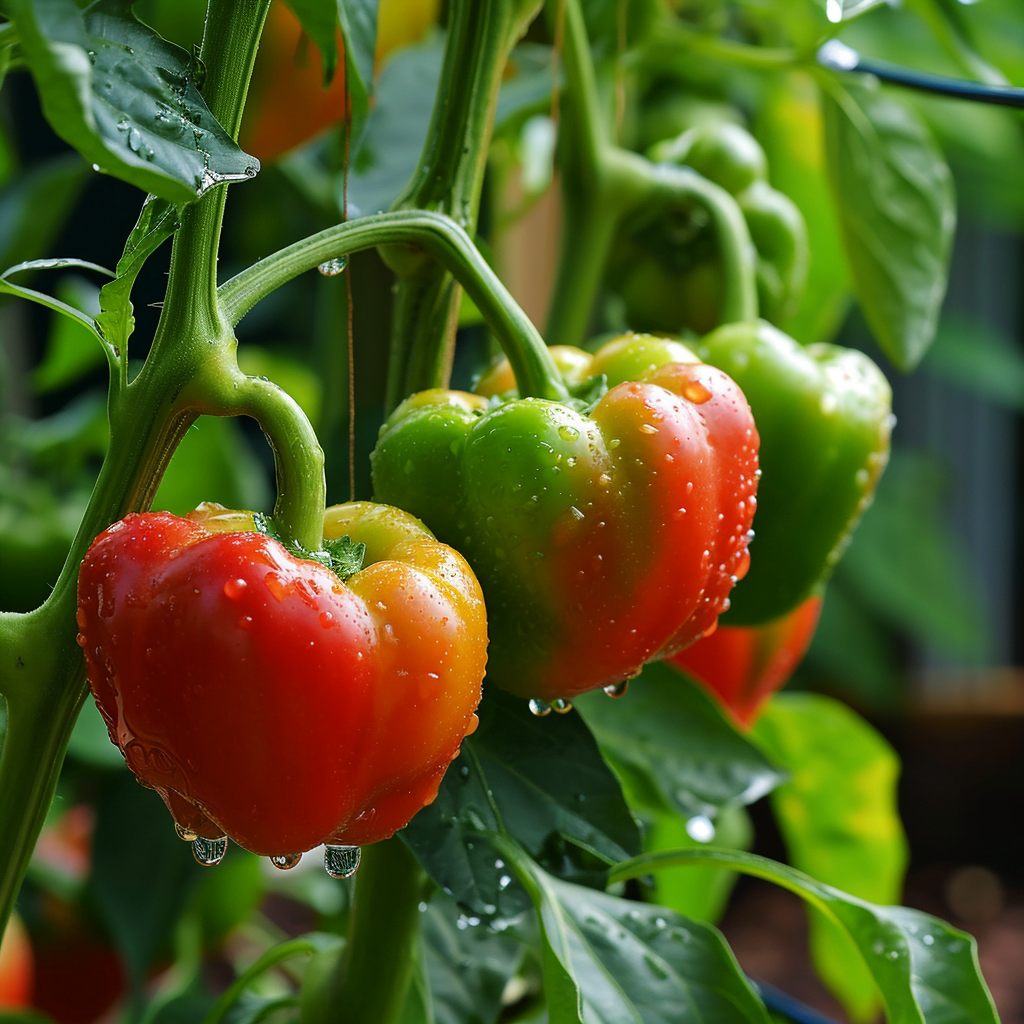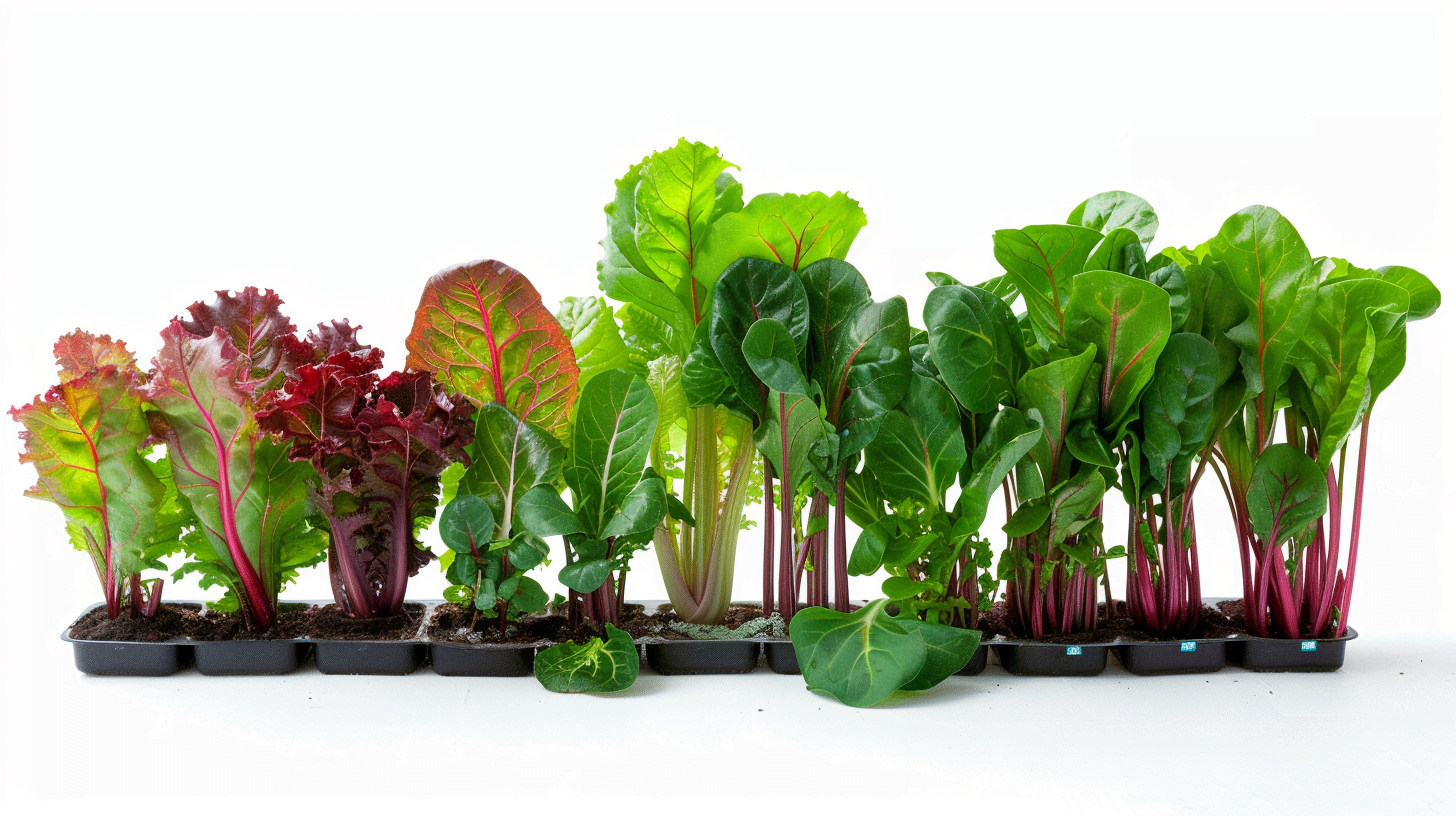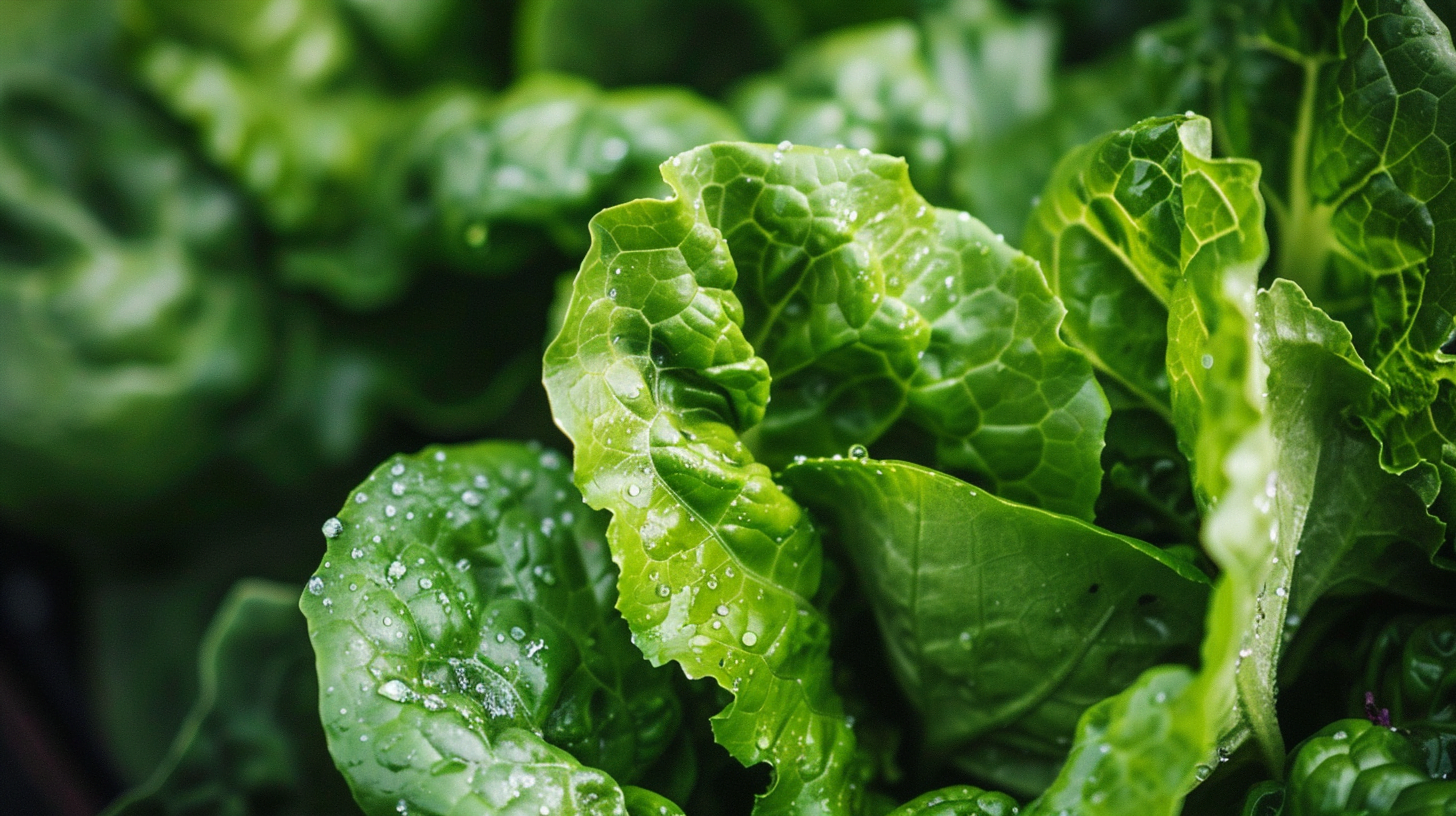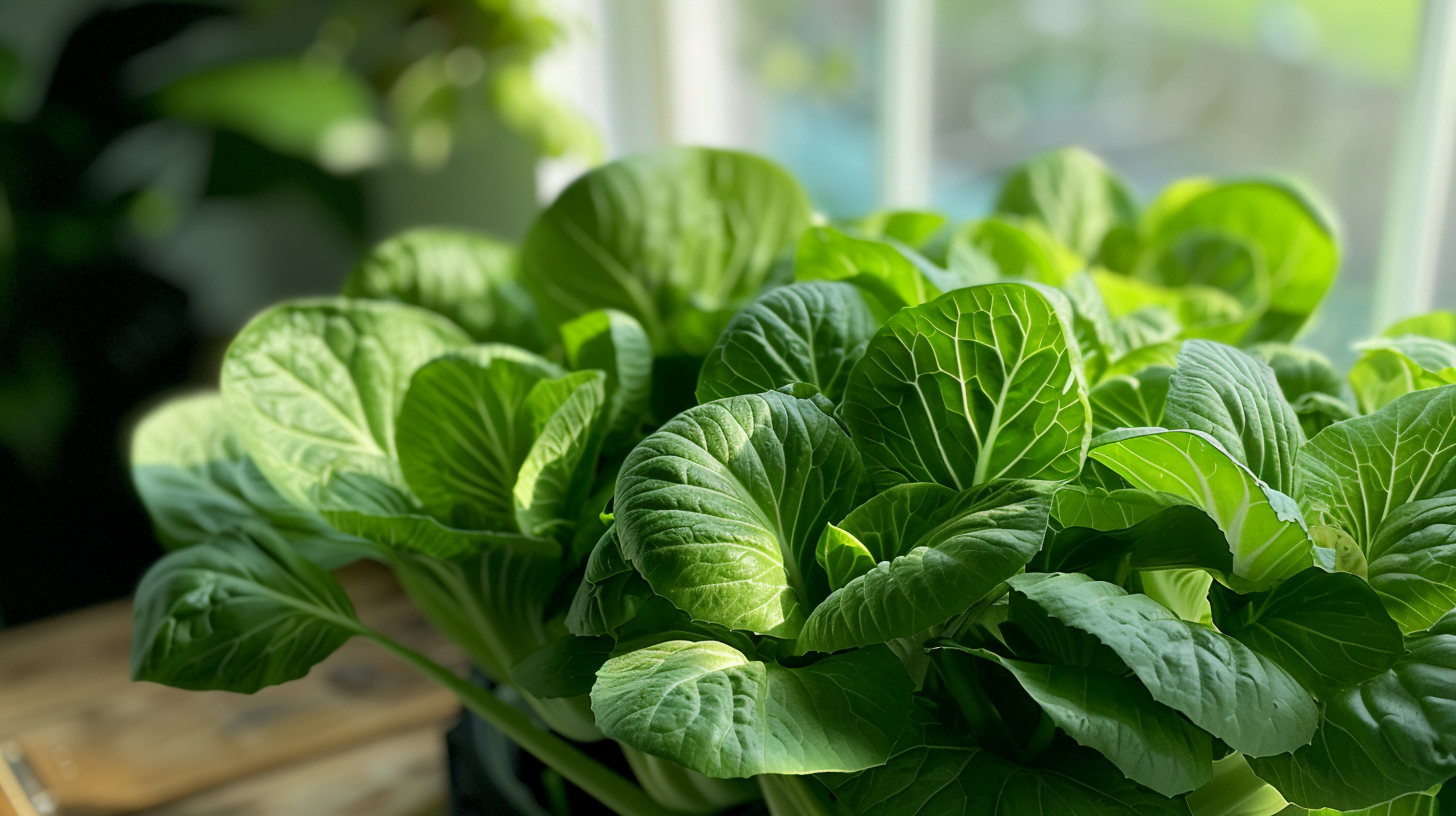Hydroponic gardening has become an increasingly popular way to grow vegetables, herbs, and fruits. By growing plants in nutrient-rich water rather than soil, hydroponics allows for faster growth rates, higher yields, and easier management of nutrients. Peppers are one type of crop that can thrive when grown hydroponically.
In this comprehensive guide as the title suggest “Can I Grow Peppers Hydroponically?”, we’ll cover everything you need to know about successfully cultivating peppers hydroponically. We’ll look at the benefits of hydroponic pepper gardening, the best pepper varieties to choose, how to set up and care for your hydroponic system, optimal growing conditions, troubleshooting tips, and more. Whether you’re new to hydroponics or an experienced gardener looking to try growing peppers without soil, this guide will equip you with the key considerations and best practices for reaping a bountiful hydroponically grown pepper harvest.
Benefits of Growing Peppers Hydroponically
There are several advantages to growing peppers in a hydroponic system rather than in traditional soil:
- Higher yields – Hydroponic systems allow you to grow more peppers in less space. With nutrients constantly delivered to the roots and ideal growing conditions, hydroponic peppers become highly productive plants.
- Faster growth – Pepper plants grow at a accelerated rate with their roots directly immersed in nutrient-rich water. You can expect earlier fruiting and harvests.
- Less pests and diseases – Without the risks of soil-borne diseases, hydroponically grown pepper plants stay healthier and more vigorous.
- Grow anywhere – Hydroponics allows you to grow peppers indoors, year-round, and in places otherwise unsuitable for soil gardening.
- Precise control over nutrients – It’s easier to actively monitor, adjust, and optimize nutrient levels for each stage of plant growth compared to soil methods.
- Conserves water – Closed-loop hydroponic systems recirculate water, reducing water usage significantly compared to gardening in soil.
Best Pepper Varieties for Hydroponics
When choosing pepper varieties for your hydroponic garden, opt for compact, smaller growing types that will thrive best in a container hydroponic system.
Some top varieties to consider:
- Bell peppers – California Wonder, Gypsy
- Jalapeño
- Habanero
- Poblano
- Anaheim
- Cherry Bomb
Avoid large indeterminate varieties like heirloom bell peppers that require extensive trellising. Fast-growing and high-yielding hybrids are your best bet.
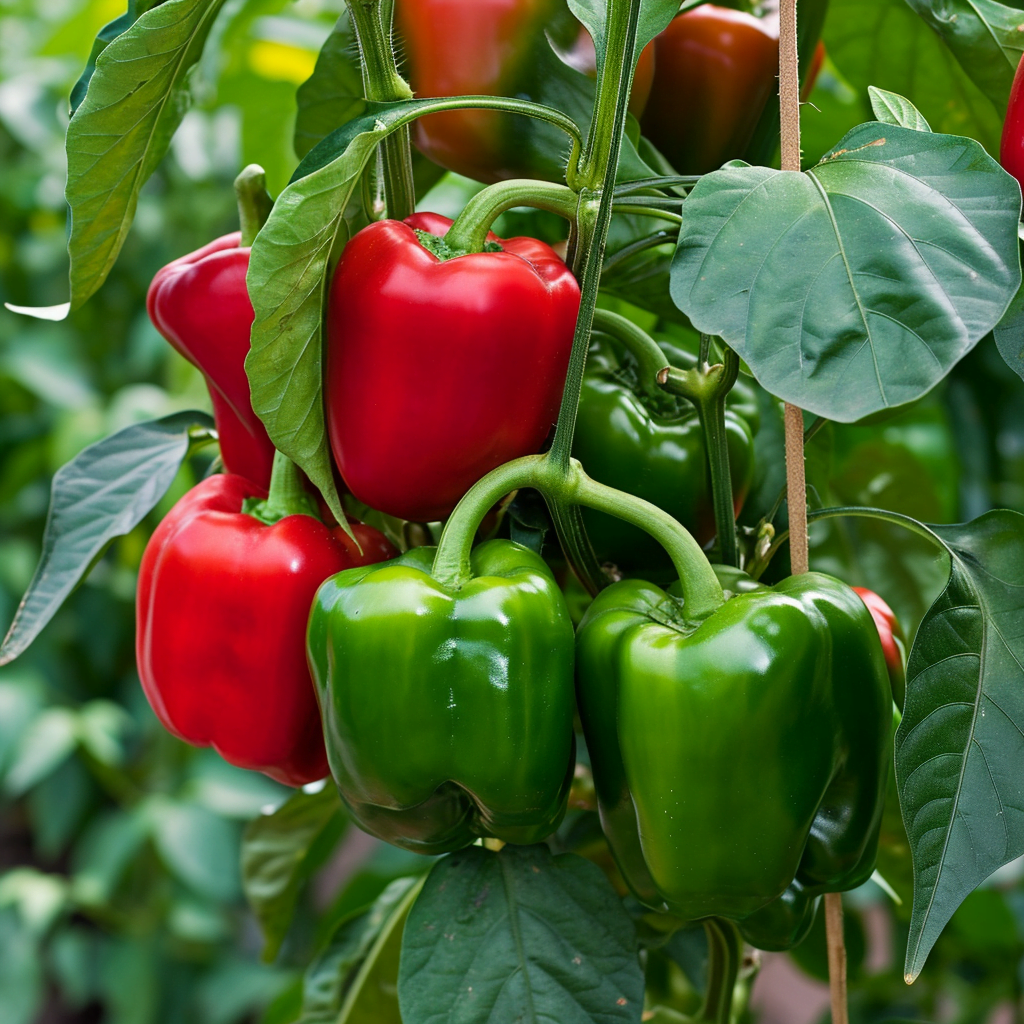
Getting Started with Your Hydroponic Pepper Garden
To successfully grow happy, healthy hydroponic pepper plants, you’ll first need to set up your hydroponic system properly and provide optimal conditions.
Choosing a Hydroponic System
There are several types of hydroponic systems to consider:
- Deep Water Culture (DWC) – Plants grow with roots suspended in an oxygenated nutrient reservoir. Simple and effective system for beginners.
- Nutrient Film Technique (NFT) – Roots are exposed to a thin film of nutrients and oxygen as it flows through channels. Promotes rapid growth.
- Drip systems – Nutrients are dripped right onto the grow medium from above. Allows for easy automation.
- Aeroponic – Plant roots are misted with a nutrient solution. Highly oxygenated but more complex.
For peppers, DWC and NFT systems are most common and tend to be the easiest, especially for first-time hydro growers.
Hydroponic System Setup
Your setup will depend on the type of hydro system you choose but some key things you’ll need are:
- A growing tray, reservoir, or NFT channels
- Grow medium like expanded clay pellets, perlite, or cocco coir
- Water pump and tubing
- Air pump and air stones
- Nutrient reservoir
- pH/EC meters
- Grow lights like LEDs
Growing Media and Containers
Some suitable media and containers for peppers:
- Clay pebbles – inert, excellent drainage, reusable
- Perlite – holds more moisture, tends to be cheaper
- Coconut coir – sustainable, retains some nutrients, may need more frequent watering
- Vertical NFT channels – allows concentrated growth in limited space
Sourcing Pepper Seedlings
You can purchase established pepper seedlings to transfer into your hydro system or start them yourself from seed. Buy from reputable suppliers and inspect for health.
Environmental Conditions
Peppers grow best in warm conditions with plenty of light. Ideal parameters:
- Temperature – 75-85°F
- Humidity – 40-50% RH
- Light – 12-16 hours under grow lights or sunlight
- Air circulation – Use fans to circulate air and strengthen stems
Caring for Your Hydroponic Pepper Plants
Once your system is set up and pepper seedlings introduced, there are some key care and maintenance tasks:
- Check pH/EC frequently – Test and adjust levels to avoid imbalances. Target pH 5.5-6.5 and EC 1.2-2.0 mS/cm.
- Top off nutrient solution – Add back water as needed to maintain water levels.
- Watch for signs of deficiencies – Detect and correct nutritional issues promptly.
- Prune and trellis – Prune excessive foliage and trellis stems to optimize light exposure and direct energy to fruits.
- Monitor for pests – Inspect leaves and stems closely for any bugs. Take action immediately if detected.
- Pollinate flowers – Use a small brush or Qtip to aid pollination for fruit production.
- Harvest promptly – Pick peppers at peak ripeness to promote more fruiting.
With consistent monitoring and care, your hydroponic pepper plants will thrive!
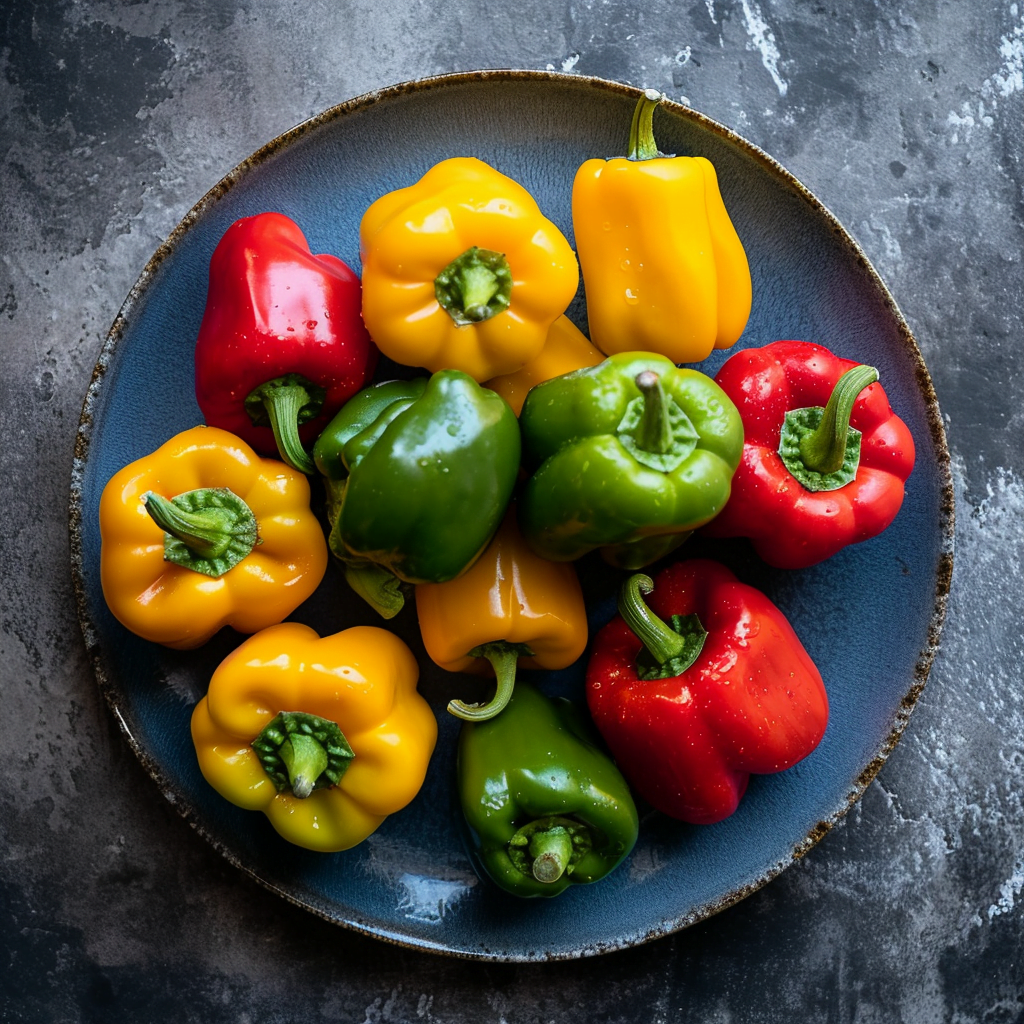
Harvesting Your Hydroponic Peppers
- Identify ripeness – Peppers will transition from green to red, orange, yellow, etc when ripe. Glossy, firm, and fully sized.
- Harvest frequently – Pick ripe peppers as soon as they are ready to get the highest yields. This signals to the plant to produce more.
- Use sharp shears – Cut peppers from plants instead of pulling to avoid damaging branches.
- Staggered harvests – With multiple plants, you can enjoy continued harvests over weeks or months.
The Benefits of Hydroponic Peppers
Hydroponically grown peppers offer numerous advantages over soil-grown:
- Faster production – Start harvesting weeks earlier! Peppers grow rapidly in hydroponic setups.
- Higher yield – Produce significantly higher quantities and larger sized peppers per plant.
- No soil pests/diseases – Avoid common soil-borne pepper diseases like blight and wilt.
- Year-round growing – Grow peppers in any season without relying on outdoor conditions.
- More control over environment – Carefully monitor light, temp, nutrients to optimize fruiting.
- Better fruit quality – Hydroponic methods enhance flavor and nutrition in peppers.
- Conserves water – Recirculating systems use 90% less water than soil growing.
Final Tips
- Start with a simple system and scale up later as you gain experience.
- Be diligent about monitoring water chemistry frequently.
- Have backups like extra water pumps in case of equipment failure.
- Some pepper varieties will outperform others – experiment to see what thrives.
With the right setup and care, hydroponically grown peppers can be even more productive than those grown in soil. Follow this guide and soon you’ll be harvesting basketfuls of beautiful, healthy peppers from your hydroponic garden.
